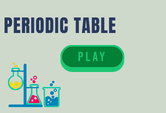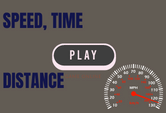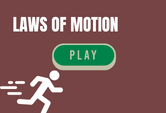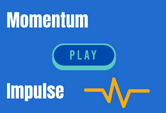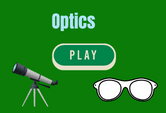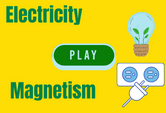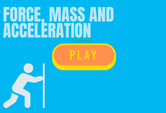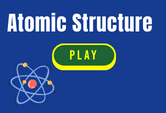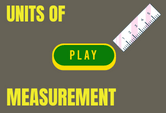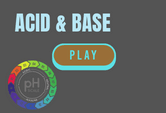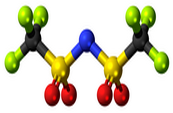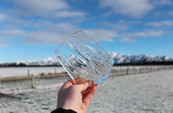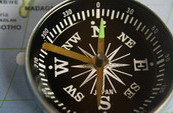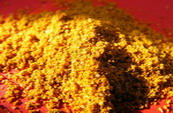Physical Science Games For Students Online
Physical Science Games For students online, 1st to 9th grades, chemistry for kids, atoms and elements, physical and chemical changes, electricity and magnetism, heat flow, forces and more. Here children can learn with the free games and worksheets which contain multiple choice questions in some cases and gap fills in others. Click on each topic below and unlock a weath of science materials which include games, worksheets and quizzes. Games include rally, catapult, pirate games and moonshot games. Games are online and feedback is instant as students play. Learn science with fun and review both at home and in the classroom. Science activities for 1st, 2nd, 3rd, 4th, 5th, 6th, 7th, 8th and 9th grades.
Physical & chemical change
Learn about physical and chemical changes & processes involved.
Physical Science Games For Classrooms Activities
Physical science games offer students a fun way to learn about topics like waves, gravitational forces, heatflow, acoustics and more. These digital games can be easily integrated into courses designed for and by teachers. The games engage students and motivate them to understand the subject faster and perform better on exams. Students who play the games start asking more questions and discussing with each other about science lessons already learned in class. You can also get extra reading on each topic by searching online or by watching YouTube Videos.
Physical science games are a great way to help kids understand their world around them. Learn about energy and light. Build a catapult. Explore motion. Discover the laws of physics. What's more, physical science games are great fun for kids and adults alike.
Explore energy games
Students can use games to explore energy, its properties, and how it moves. Energy is present in two forms: potential and kinetic. Potential energy is stored in an object due to its position, while kinetic energy is created when it is released. A ball held at rest has gravitational potential energy. When dropped, this energy changes to kinetic energy. Students can explore the sequence of energy by playing games that demonstrate how potential energy changes into kinetic energy.
Explore light
Whether your students are in elementary school, high school, or college, you can find a physical science game that focuses on the properties of light. The game is supported by a worksheet, discussion questions, and time-lapse videos. To enhance the learning experience, you can use the associated lesson plan and support materials for students who have different learning styles. It is a great way to engage students in physical science concepts, and increase their enjoyment of the material.
Try stacking five craft sticks on top of each other and securing them with rubber bands. Next, secure two remaining craft sticks, one at each end, with rubber bands. Slide the stack close to the rubber banded end, and fasten the remaining two pieces together with rubber bands. The top part of the catapult is used as a launcher. For added firing power, glue a bottle cap to the top craft stick, which will act as the catapult's arm. After doing this exercise practically, try taking a quiz on force, motion and momentum to see if your students can establish the connection between the idea of a catapult and the physics behind it.

